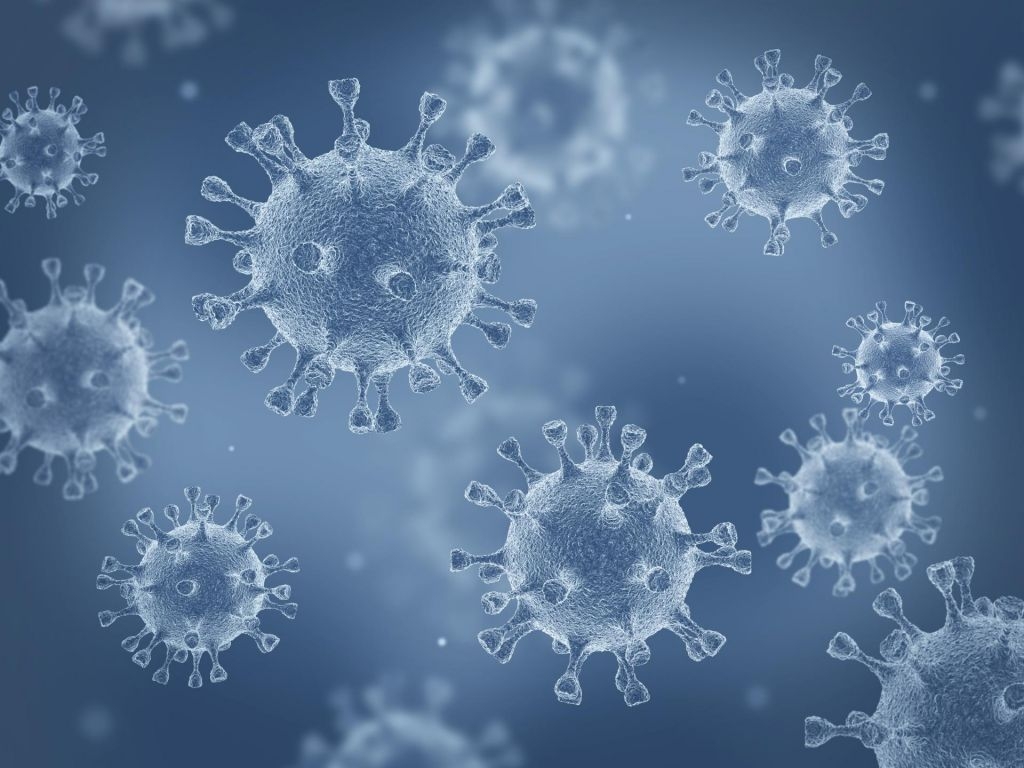Slovenia’s reproduction number, showing how many people one infected person will pass the virus on to, has climbed to 1.93, while the epidemic has been spreading with the doubling time of 7.4 days, the Jožef Stefan Institute (IJS) said on Wednesday.
If the number of positive tests for Wednesday, which will be in tomorrow, is lower than 665, the reproduction number will drop somewhat and the doubling time will slightly increase, and if it is higher then the former will increase and the latter decrease.
The IJS has also assessed that the key defence wall preventing the further spreading of the virus, the epidemiological service, is under enormous pressure and is starting to show cracks, which is reflected in the rapid increasing of the reproduction number and the shortening of the doubling time.
The criteria for declaring an epidemic and introducing new measures is having the incidence rate of more than 140, that is infected persons per 100,000 people in 14 days, more than 250 people in hospitals, of whom more than 50 are in intensive care.
The milestone for the incidence rate was exceeded on Friday, while the number of hospitalised Covid-19 patients is expected to top 250 on Saturday and a day later at least 50 people are expected to need intensive care.
If the reproduction number stays the same, the number of daily positive tests will range from 100 to 900 in the future. Currently, the country records 499 new cases a day on average, says on the IJS web site.
If the reproduction number reaches 2, there will be some 600 Covid-19 patients in hospitals at the end of next week, including 100 in intensive care. If these trends continued, there would be 400 patients needing intensive care by 11 November.
A reproduction number of 2.5 would mean 250 people in intensive care units at the beginning of November and soon after that their number would exceed 600, the IJS forecasts.

